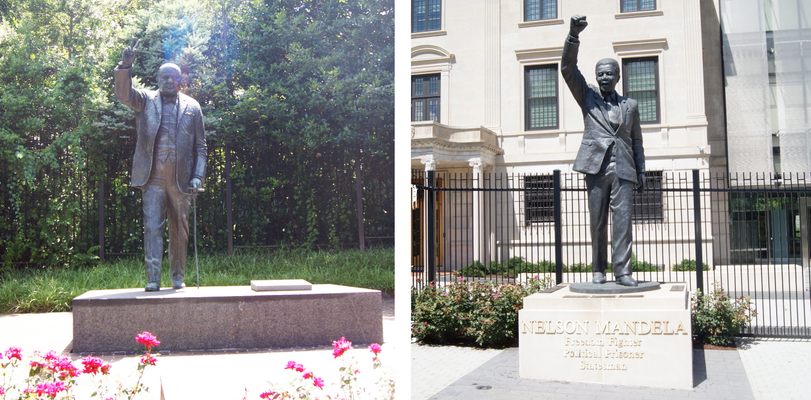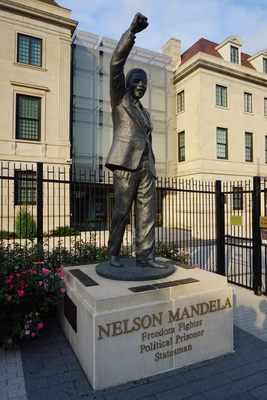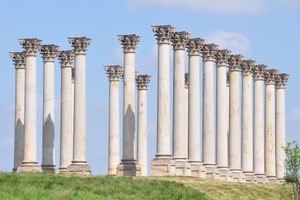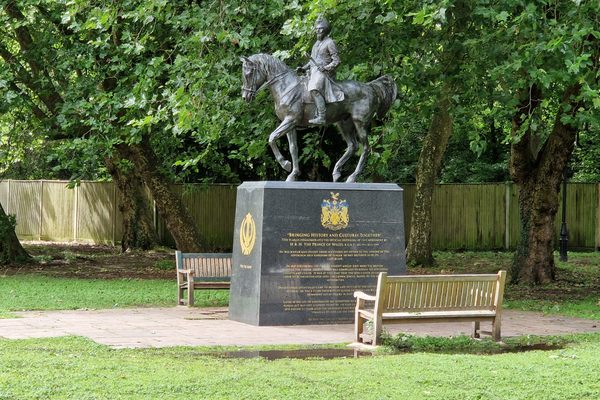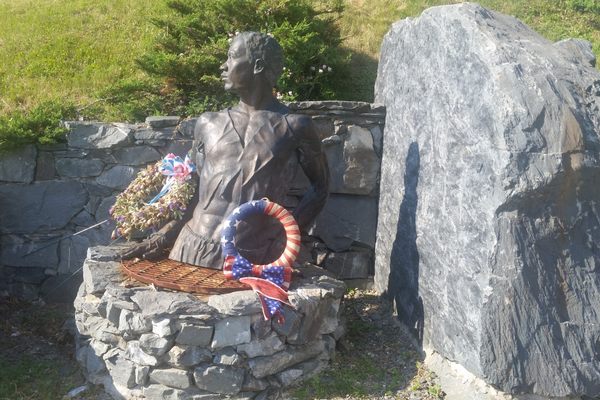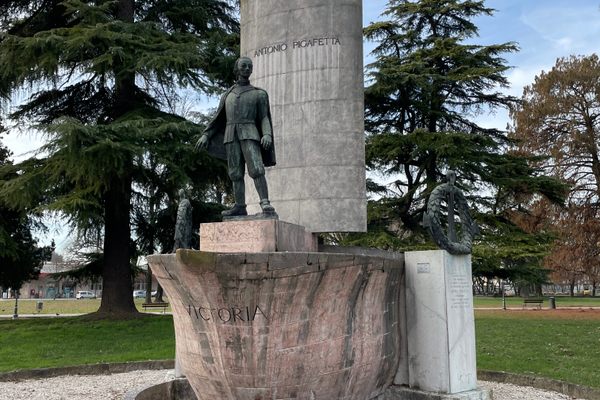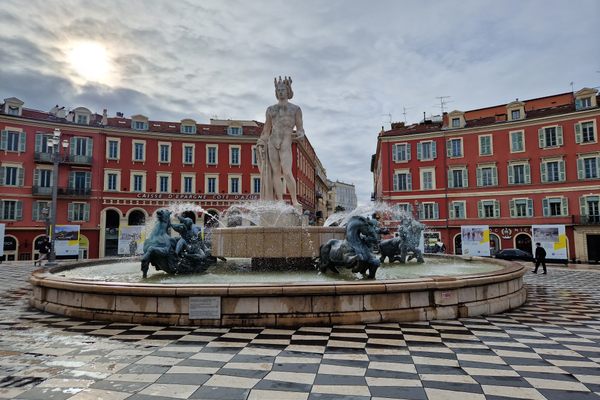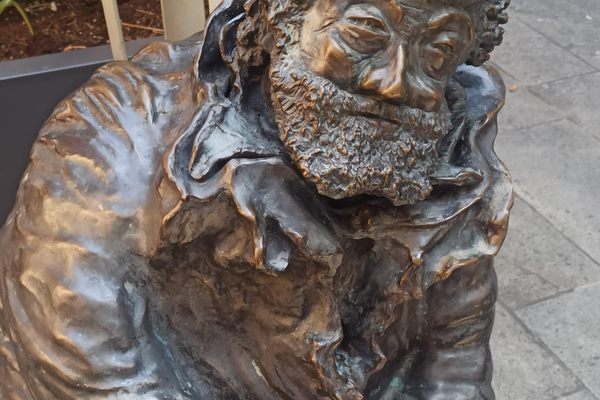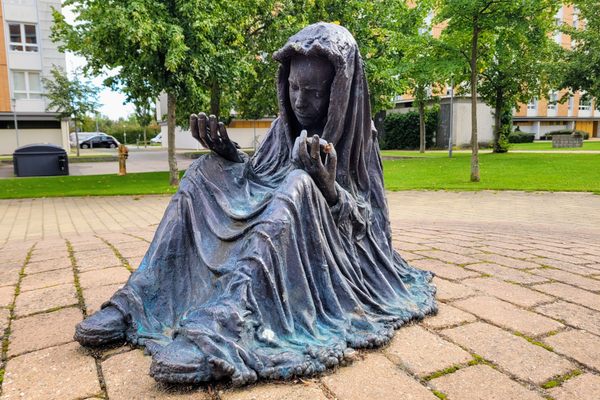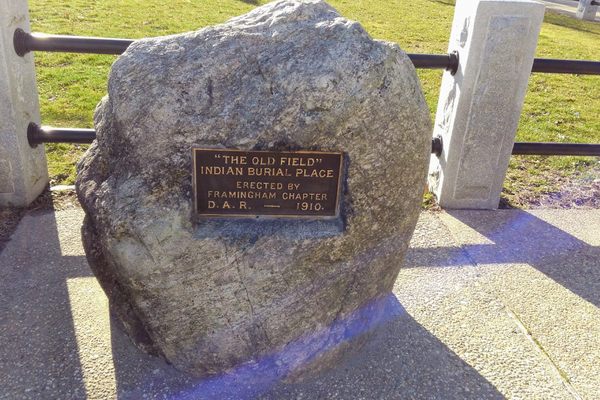About
Winston was unveiled on April 9, 1966 to a crowd of 300 that included Secretary of State Dean Rusk, Chief Justice Earl Warren, and four members of the Churchill clan. Arm raised, flashing the trademark V for Victory, the wartime Prime Minister’s statue stands astride the dividing line between British Embassy property and American soil.
The thick cigar in his left hand was the only controversial bit. Some wanted to whitewash out the PM's prodigious smoking habit, but his family insisted, with daughter Mary Soames telling a Washington Post reporter that the cigar was “characteristic of my father’s personality.” The Post’s coverage of the statue-unveiling also amusingly noted that “five extra cigars have been sculpted in case any are lost to vandals.”
In a prescient remark, President Johnson forcast that day that Churchill’s leadership during WWII “will become more luminous and meaningful with each generation, as increasing numbers of free men discover their debt to this great man.” While that is undoubtedly true, Churchill also came to symbolize something else entirely as the decades rolled on, and England stepped back from its longtime role at the table of world leadership. Churchill’s time at the helm has come to represent the high water mark for the global British Empire, before decolonization and postwar belt-tightening.
Jump forward in time to 2013 and the September 21st unveiling of a statue of Nelson Mandela directly across the street from Winston. Over the intervening years this particular stretch of Massachusetts Avenue had come to be associated with the anti-apartheid protesters that staked out the South African Embassy in 1983 and 1984, calling for Mandela’s release from prison. (The South African embassy location wasn’t a coincidence: As a former British colony, the proximity to the British Embassy was originally a matter of administrative convenience).
The Mandela statue’s raised fist of power salute makes for an intentional response to Churchill’s V for Victory. The government of South Africa commented on portraying Mandela's power fist as a direct commentary to a preexisting statue of a leader of a former colonial power as "rock beats scissors."
Related Tags
Published
June 14, 2017
